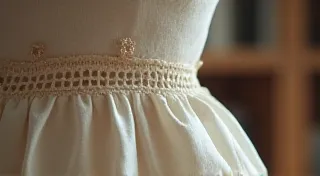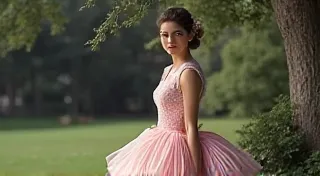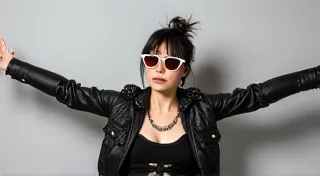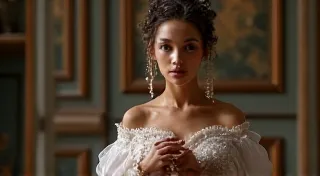The Punk Fashion Movement: Rebellion and Style
The punk fashion movement, erupting in the mid-1970s, was far more than just ripped clothing and safety pins. It was a visual manifestation of a broader cultural rebellion against the established order – a response to economic hardship, political disillusionment, and the perceived stagnation of mainstream culture. Deeply intertwined with the burgeoning punk music scene, fashion became a powerful tool for self-expression, defiance, and solidarity.
The Origins of the Look
Punk's roots lie in the working-class neighborhoods of London and New York. The prevailing fashion of the time - the flamboyant glam rock styles and polished disco looks – felt distant and irrelevant to many young people. Rejecting these trends, punks adopted a deliberately anti-fashion aesthetic. They looked to existing subcultures – particularly the Teddy Boys (with their rebellious swagger) and the skinhead movement (for its utilitarian style) – and deconstructed them. Found clothing, thrift store finds, and DIY customization became the cornerstones of the punk wardrobe.

Key Elements of Punk Fashion
Several key elements defined the punk fashion landscape. Here’s a breakdown:
- Ripped and Distressed Clothing: Safety pins, rips, tears, and frayed edges were hallmarks, symbolizing decay and rejection of perfection.
- DIY Customization: Painting slogans on jackets, adding patches, and altering garments were essential practices.
- Utility and Functionality: Military surplus, workwear, and functional items were incorporated, often with a subversive twist.
- Leather and PVC: Leather jackets, PVC skirts, and bondage pants added an element of edginess and provocation.
- Tartan and Checks: The use of tartan, particularly in skirts, challenged traditional British aesthetics and was often associated with Scottish nationalism.
- Bold Graphics and Slogans: Clothing served as a canvas for political statements and personal expression.
- Hairstyles: Spiky, asymmetrical haircuts (often DIY creations) and brightly colored dyes were common.
The Influence of Music and Key Figures
The connection between punk music and fashion was inextricable. Bands like the Sex Pistols, The Ramones, and The Clash were not just musical innovators; they were also style icons. Vivienne Westwood and Malcolm McLaren, the duo behind the iconic clothing boutique “SEX” (later “World's End”), were instrumental in shaping the visual identity of punk. Their shop became a focal point for the movement, selling provocative clothing and accessories that embodied the anti-establishment ethos.

Punk's Lasting Legacy on Vintage Fashion
While the initial punk explosion was a relatively brief period, its influence on fashion continues to resonate today. The DIY spirit, the embrace of imperfection, and the rejection of conventional beauty standards have all contributed to a broader acceptance of individuality and self-expression. The aesthetic's impact is seen in contemporary streetwear, high fashion, and the continued popularity of vintage clothing and thrifting. Punk's ethos championed sustainability before it was a buzzword, proving that rebellion can also be stylish and environmentally conscious.

More Than Just a Trend
Punk fashion wasn’s about following trends, it was about challenging them. It was a visual manifesto declaring independence and a rejection of the status quo. Understanding its historical context and its cultural significance allows us to appreciate its enduring impact on fashion and its powerful message of self-expression.





